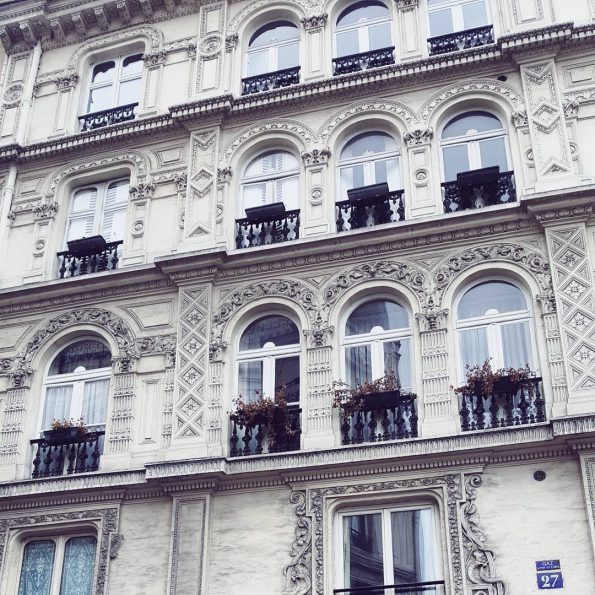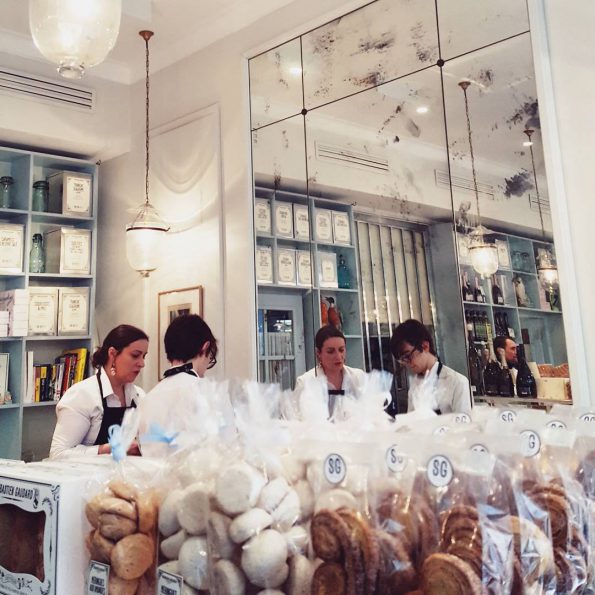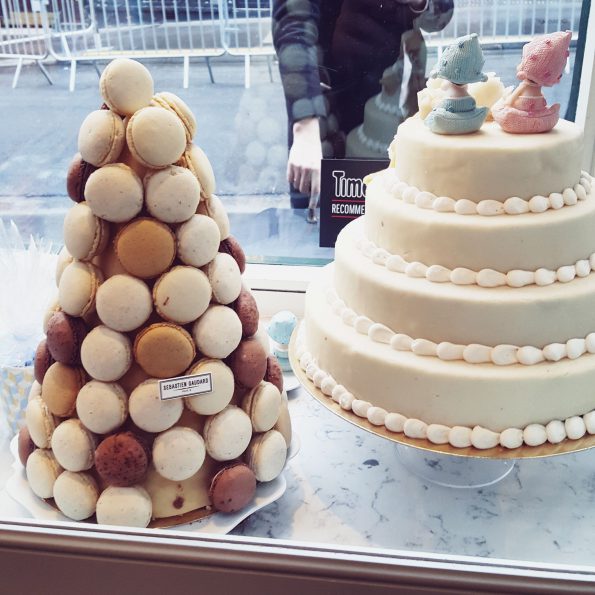BY LAVINIA LIANG

The sky was gray and it was starting to rain when a group of students from Princeton arrived on the Rue de Martyrs with their professor. Still, every shop owner greeted the group with warmth. The professor leading the Princeton excursion was Elaine Sciolino, former New York Times Bureau Chief in Paris.
Sciolino’s book The Only Street in Paris: Life of the Rue de Martyrs (W. W. Norton, 2015), holds true to the description of its subtitle. The book is a personal and narrative but also often journalistic account of everyday activities on the Rue de Martyrs. Many shops on the eponymous street and in the surrounding area carried posters of Sciolino’s book.
Sciolino’s students were pleasantly surprised by how well their professor knew the shop owners on the Rue de Martyrs, and how friendly the residents of the neighborhood were. Many of the shop owners provided food samples to the class, and still others tried speaking English with the students.


While eating at the bistro Miroir later that night with several Columbia University exchange students, the Princeton students were struck by how clean Chef Sébastien Guénard’s plating was. The chef served a delicious main plate of chicken over lentils, but the presentation of the dish, too, was tantalizing. “Presentation is everything,” said one unnamed student from Columbia University who is studying abroad in Paris for the semester. The Columbia University student went on to describe French customs that supported this statement. “They are very polite,” he said. “You must always say hello, always say thank you, always say good-bye.”
Florent Masse, a professor of French theater at Princeton University who also came along on the trip, expressed how “proud” he was of the Princeton students for dressing the way they did for walking around the Rue de Martyrs neighborhood. He said that they all had “very good looks,” and reemphasized that the way someone dresses is “very important in France.”
Dress also depends on occasion and location. One dresses down to go to the Sunday market in the suburbs; one dresses up to tour the Château of Versailles and meet its president. First impressions can mean a lot in a city that has painted its landmark monument, the Eiffel Tower, two different colors to ensure consistency when viewing. “It’s like makeup,” Sciolino had said.
